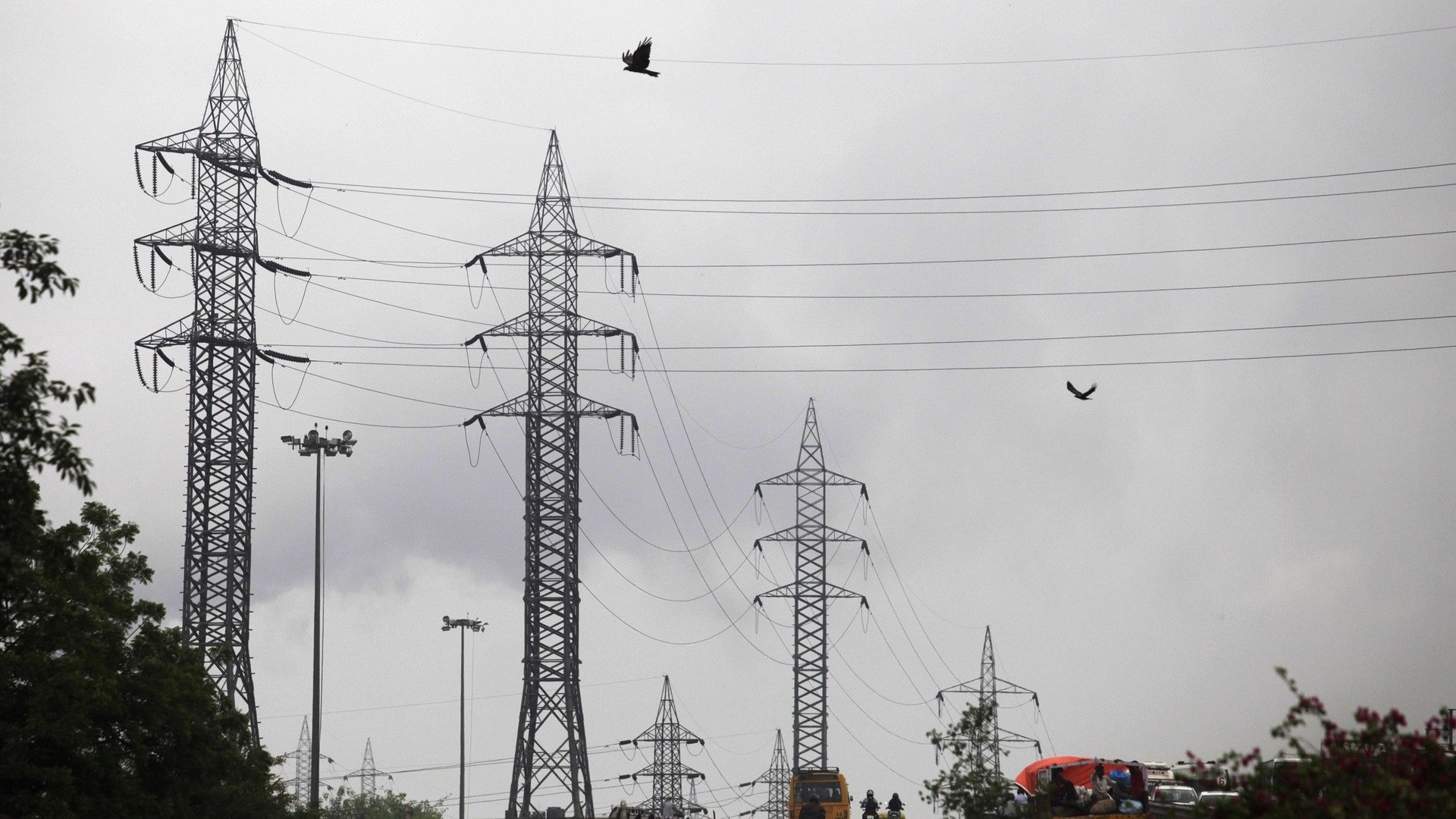You can thank lopsided economics for India’s sweltering summer blackouts—not a lack of capacity
As India faces multiple challenges on the economic front, with its GDP growth at a decade low of 4.7%, the new prime minister Narendra Modi has had to hit the ground running. One of the key issues dogging the economy is the country’s messy power sector. Now, the BJP government at the centre is trying to fix it on an urgent basis.


As India faces multiple challenges on the economic front, with its GDP growth at a decade low of 4.7%, the new prime minister Narendra Modi has had to hit the ground running. One of the key issues dogging the economy is the country’s messy power sector. Now, the BJP government at the centre is trying to fix it on an urgent basis.
Temperatures in North India are soaring to 47 degrees, and many are states experiencing power cuts of 5 to 10 hours a day. The new regime, which came to power promising economic development and growth, seems embarrassed that the capital city of New Delhi itself is reeling from power cuts like never before. Earlier this month, residents of some colonies in New Delhi were so angry that they kept the newly appointed Minister for Power awake through the night. The private electricity distribution companies in Delhi claim to be running huge losses because the electricity regulator has not raised tariffs. Arvind Kejriwal’s Aam Aadmi Party has accused the private electricity companies of fudging account books and of cheating the consumers. Kejriwal, whose party had a very impressive showing in the Delhi Legislative elections, has asked for a comprehensive audit of the private companies’ books.
In short, the debate over power supply in Delhi is reflective of the royal mess India’s power sector is generally facing today. The largest North Indian state of Uttar Pradesh—with 200 million people—is facing power cuts of 12 to 13 hours a day. UP is politically very important and has returned the largest number of Parliament members from any single state for the ruling party. So the power crisis in UP was predictably given special attention by Modi. In fact UP remains one of India’s poorest states and Modi’s biggest challenge is to help turn the state around. The Associated Chambers of Commerce and Industry, an industry body, has conducted a survey which shows that regular power cuts could force small and medium industry in North India to cut 30% to 35% of its production capacity.
This could deepen the current economic slowdown in India and is therefore a major worry for prime minister Modi. The power sector is the economy’s backbone and its return to health is critical for the economy. But what ails the power sector in the first place?
The big problem with India’s electricity sector is that the average cost of power is higher than what the consumers pay for it across some 29 Indian States. As a result the state utilities, which generate and distribute power, cumulatively lose over $12 billion annually. The question is who will fill this gap. It is partly filled with government subsidy but not all of the loss is subsidized. So these losses accumulate over the years. In 2012, the Manmohan Singh government came out with a long term rescue package for the state electricity boards whose accumulated losses had reached over $35 billion. The Central Bank had helped them with long term loans on easy terms and the state governments had taken over part of the SEB’s losses and converted them into government bonds which were floated in the market. The numbers are staggering and such rescue packages cannot happen again. So this is the last chance for the power sector to return to health.
Many private companies have taken the risk to enter both generation and distribution. Most of them face uncertainty as power tariffs in India are highly politicized and do not get adjusted according to market conditions.
One reason why power is in short supply during the peak season in summers is many SEBs choose power cuts of 5 to 10 hours rather than lose more money on every unit of power sold at a discount to cost.
The Chairman of the Central Electricity Regulatory Commission, Girish Pradhan, told this writer that a large number of SEBs operate their power generation at barely 55% capacity to avoid excessive losses. “For instance India has power generating capacity of 250 gigawatts and the peak summer demand currently is much lower at 160 gigawatts. So theoretically power can be supplied 24/7 to every citizen. But it does not happen because many SEBs operate below capacity to avoid losses,” he said.
Of course, power being sold at below cost to the poor is driven politically. However, the government is unable to persuade the rich and the well off among the middle classes to cross-subsidize the poor. No government in the past has had the political will to make the well off pay more to meet the needs of the poor. The middle class is very vocal and entrenched. Politicians are scared to hurt them. Finance minister Arun Jaitley has said someone will have to make sacrifices to restore the fiscal system to health. When Modi said in Goa last week that difficult decisions will have to be made to salvage the economy, the power tariff situation was perhaps among the things he had in mind.